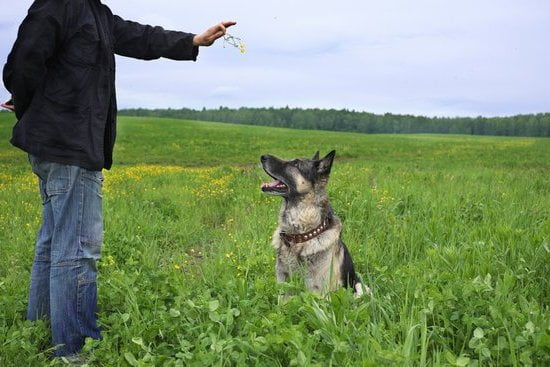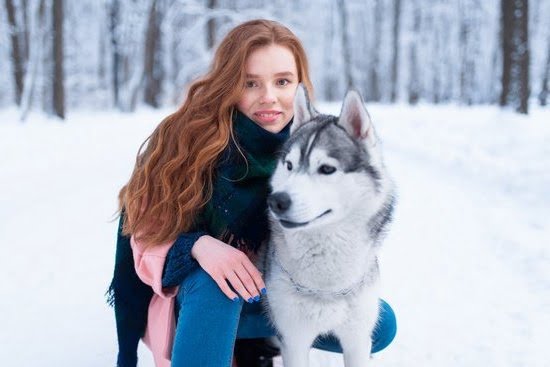– Why Is This Happening?
One of the most common questions we are asked by dog owners is why their dog is peeing in the house after being successfully potty trained. Believe it or not, there can be many reasons for this behavior, but some are more common than others.
One of the most common reasons is that the dog is feeling anxious or stressed. This may be due to a change in routine, such as a new baby or pet in the home, or a move to a new house. It can also be due to a traumatic experience, such as being attacked by another dog or being in a car accident. In some cases, the dog may have a medical condition that is causing them to feel anxious or stressed, such as bladder stones or a urinary tract infection.
Another common reason for dogs to start peeing in the house after being potty trained is that they are no longer being rewarded for going outside. If the dog has been consistently rewarded with treats, toys, or praise when they go outside to pee, but this is no longer happening, they may start to pee in the house instead. This can also be due to a change in the family’s routine, such as someone being home less often or going on vacation.
There can also be some physical reasons why a dog may start peeing in the house after being potty trained. If the dog is older, they may start having trouble getting to the bathroom in time. If the dog has a physical condition that is causing them to have trouble controlling their bladder, such as diabetes or Cushing’s disease, they may start peeing in the house.
If you have a dog that is peeing in the house after being potty trained, it is important to take them to the veterinarian to rule out any medical conditions that may be causing the behavior. Once any medical conditions have been ruled out, it is important to work with a behaviorist to determine the root cause of the anxiety or stress and to develop a plan to help the dog overcome it.
House Training A Shelter Dog
One of the most important things you can do when adopting a dog from a shelter is to housetrain them as quickly as possible. Housetraining a dog can be a bit of a challenge, but it’s definitely worth the effort.
There are a few things you can do to make housetraining a shelter dog easier. First, be sure to take your dog outside frequently, especially after they eat or drink. Also, reward your dog for going to the bathroom outside with positive reinforcement, such as treats or praise.
If your dog has an accident in the house, be sure to clean it up immediately. This will help to discourage your dog from doing it again.
It may take a little bit of time, but with patience and persistence, you can successfully housetrain your shelter dog.
House Trained Dog Suddenly Pooping Inside
There could be a number of reasons why your house-trained dog is suddenly pooping inside. One possibility is that your dog is trying to tell you something, such as that he’s in pain or doesn’t feel well. If your dog has been recently injured or has been vomiting or experiencing other digestive problems, he may be trying to tell you that he’s not feeling well. If you think this may be the case, take your dog to the veterinarian for a check-up.
Another possibility is that your dog is feeling stressed or anxious. If your dog is new to your home, he may be feeling stressed out by all the new sights and smells. If you’ve recently changed your routine or moved, your dog may be feeling anxious about the changes. Dogs who are feeling anxious may start to poop or urinate inside as a way of marking their territory.
If you think your dog may be feeling stressed or anxious, you can try to help him feel more comfortable by creating a calm and relaxing environment for him. You can also try to establish a regular routine for your dog and stick to it as much as possible. If your dog is new to your home, make sure to give him plenty of time to adjust. And if you’ve recently made changes to your routine, try to go back to the way things were before.
If your dog is pooping inside even though he’s been house-trained, it’s important to take steps to correct the problem. First, try to determine the cause of the problem. Once you know what’s causing your dog to poop inside, you can start to work on correcting the issue. If your dog is in pain, for example, you may need to take him to the veterinarian for treatment. If your dog is feeling stressed or anxious, you can try to help him feel more comfortable by implementing some of the tips mentioned above.
House Training A Dog Without A Crate
There are a few ways to house train a dog without a crate. One way is to use positive reinforcement. This means rewarding your dog for going to the bathroom outside. You can give them a treat or pet them when they go to the bathroom outside. You can also use a bell or a cue word to let your dog know that they need to go outside to go to the bathroom.
Another way to house train a dog without a crate is to use a pee pad. This is a pad that you put in front of your dog’s bed. When your dog goes to the bathroom, you need to take them outside to the bathroom immediately. This will help your dog to associate going to the bathroom with going outside.
If you are using a pee pad, you will also need to clean up your dog’s messes. This can be done by using a cleaner specifically made for pet messes or by using a mixture of vinegar and water.
It is important to be patient when house training a dog. It may take some time for your dog to learn where they are supposed to go to the bathroom.
Methods Of House Training A Dog
House training a dog can seem daunting, but with patience and consistency it can be a relatively easy process. The most important part of house training is to be consistent with your commands and rewards.
There are a few basic methods that can be used to house train a dog. The most popular method is to use a crate. The crate can be used to confine the dog when you are not able to watch him, and the dog will learn to eliminate in the crate. The crate should be large enough for the dog to stand up, turn around, and lie down in, but not too large that the dog can eliminate in one corner and sleep in another.
When you are home, you will want to take the dog out regularly, approximately every 30 minutes. Take the dog to the same spot each time, and praise him when he eliminates. Once the dog has eliminated, give him a treat and some verbal encouragement. If the dog does not eliminate within a few minutes, take him back inside and try again in a little while.
If you are not able to watch the dog at all times, put him in the crate. If the dog eliminates in the crate, do not scold him, but simply clean it up and put him back in the crate. He will learn that eliminating in the crate is not acceptable.
It is important to be patient when house training a dog. It may take a little while for him to learn the commands, but with consistency and patience he will eventually be house trained.

Welcome to the blog! I am a professional dog trainer and have been working with dogs for many years. In this blog, I will be discussing various topics related to dog training, including tips, tricks, and advice. I hope you find this information helpful and informative. Thanks for reading!





